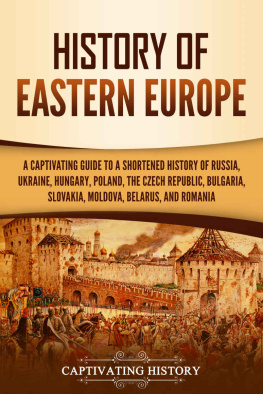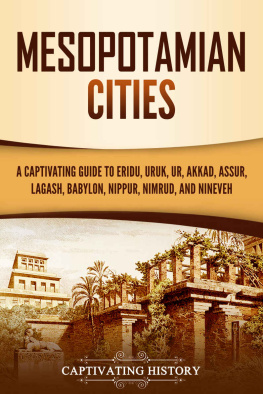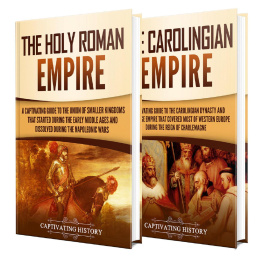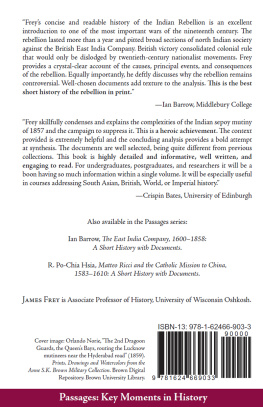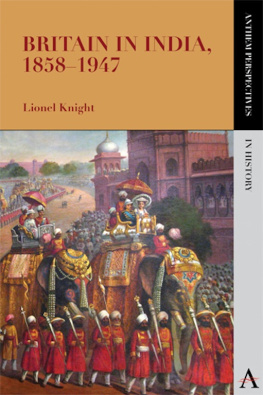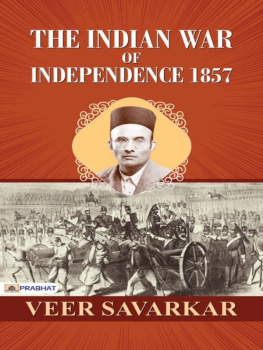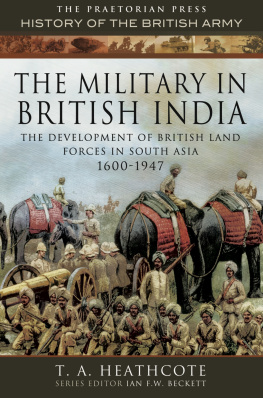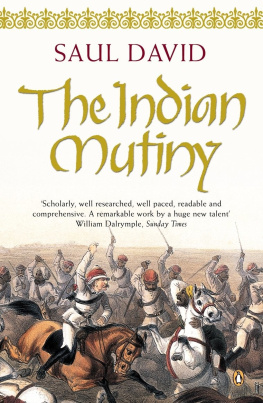The British Raj
A Captivating Guide to the British in India, Starting from the Indian Rebellion of 1857 to the Indian Independence Act of 1947
Copyright 2020
All Rights Reserved. No part of this book may be reproduced in any form without permission in writing from the author. Reviewers may quote brief passages in reviews.
Disclaimer: No part of this publication may be reproduced or transmitted in any form or by any means, mechanical or electronic, including photocopying or recording, or by any information storage and retrieval system, or transmitted by email without permission in writing from the publisher.
While all attempts have been made to verify the information provided in this publication, neither the author nor the publisher assumes any responsibility for errors, omissions or contrary interpretations of the subject matter herein.
This book is for entertainment purposes only. The views expressed are those of the author alone, and should not be taken as expert instruction or commands. The reader is responsible for his or her own actions.
Adherence to all applicable laws and regulations, including international, federal, state and local laws governing professional licensing, business practices, advertising and all other aspects of doing business in the US, Canada, UK or any other jurisdiction is the sole responsibility of the purchaser or reader.
Neither the author nor the publisher assumes any responsibility or liability whatsoever on the behalf of the purchaser or reader of these materials. Any perceived slight of any individual or organization is purely unintentional.
Free Bonus from Captivating History: History Ebook
Hi History Lovers!
My name is Matt Clayton, and Im the creator of Captivating History. First off, I want to THANK YOU for reading our books in the Captivating History series. As an avid reader of History myself, I aim to produce books that will hold you captive.
Now you have a chance to join our exclusive history list so you can get the ebook below for free as well as discounts and a potential to get more history books for free! Simply click the link below to join.
P.S. If you join now, you will also receive a free Mythology book. Remember that its 100% free to join the list.

Click here to access your bonus
Also, make sure to follow us on:
Twitter: @Captivhistory
Facebook: Captivating History: @captivatinghistory
Table of Contents
Introduction
The British presence in India lasted for nearly 350 years, but only the last 90 were under the direct rule of the British government. To some, ninety years might seem a short period to write a history book about. However, the time of the British Raj was very influential. It brought change to Indian politics, education, society, infrastructure, industry, and other aspects of Indian life. But while the British Empire brought modernization to its colonies, that modernization came with a price.
The British Raj did not cover just where India is today. In fact, it spanned across the territories of four separate states that exist today: Bangladesh, Pakistan, India, and Burma. It is estimated that around a quarter of a million British were buried in these territories since the East India Company set its first foothold. The oldest European graves can be found in port cities such as Madras or Bombay, where the first merchants settled trading offices.
The British spread across the whole subcontinent, starting as simple merchants who wanted a piece of the riches brought by trade monopolies in the East Indies. Driving off their competitors, the Portuguese and French, the British became conquerors, submitting all of India to their will. And when the political climate changed back in Britain, India was simply transferred to the Crown, as if it was a property that could be given away.
What the British government did, albeit unknowingly, is unite all the people of the subcontinent under one nation. Before the British Raj, the demographics of India were very diverse, with people grouped in smaller nations divided by different beliefs and cultures. But with the coming of the British, the need for unity grew and finally culminated in the late 19 th century with the founding of the political party known as the Indian National Congress. Finally, the struggle for the independence of the subcontinent could begin.
One person rose as a star of the independence movement, and he became the symbol of the fight against oppression all over the world: Mahatma Gandhi. He inspired people such as Martin Luther King Jr. and Nelson Mandela. His philosophy of nonviolent resistance continues to be used even today whenever the common people of the world feel the need to voice their dissatisfaction with their governments. Mahatma Gandhi wasnt alone in his fight against the British. Various individuals, both Indians and foreigners, showed up to support the independence movement and drive off the British. Each had their own reasons, but they all had the same goal, even if it meant dividing India along the religious borders of Hinduism and Islam.
Chapter 1 East India Company, the First British Presence on the Indian Subcontinent

The coat of arms of the East India Company
https://en.wikipedia.org/wiki/East_India_Company#/media/File:Coat_of_arms
_of_the_East_India_Company.svg
The East India Company was founded by a group of merchants and politicians with the goal of sailing to the East Indies and establishing a foothold on trade. The desire of these merchants to travel and trade in these distant lands was no coincidence. The growing power of Spain and Portugal in the Indian Ocean was evident as the countries were growing richer. It was not that the British had never tried to set sail to the East before, but all of their efforts had failed due to the unpredictable climate of the unknown territories.
However, their luck changed in 1592 when the English captured a Portuguese ship that carried riches obtained from India. Among them were jewels, pearls, spices, and textiles. But one of the greatest treasures the captured ship carried was a manuscript with precisely drawn and described routes used by Portuguese merchants to reach Japan, India, and China. England finally had the means to safely reach these countries and challenge the Portuguese monopoly on trade in the East Indies.
Almost a century earlier, a Portuguese explorer named Vasco da Gama discovered a safe passage to the Indies via the Cape of Good Hope in Africa. Before that, the only known route was across the land, traversing Europe and West Asia. And even though the maritime route was dangerous since tropical storms were a frequent occurrence in Asia, it was still a much faster route, which enabled the quick transport of trade goods.
The idea of the East India Company was born much earlier among the merchant-explorers who were visionary enough to expand their area of business and profit to the distant lands. However, they had no means of financing such long and dangerous trips by themselves. They needed help and the inauguration of the Company by Queen Elizabeth I. By 1599, the Company gathered more than 200 merchants, artists, and explorers willing to commit to the trade in the East Indies. A petition was sent to the queen, but the cause was blocked by Parliament, who saw the Company as a potential cause of renewed conflict with Spain and Portugal. However, in 1600, Queen Elizabeth I issued a charter in which she gave legitimacy to the Company, naming it The Company of the Merchants of London Trading to the East Indies.



